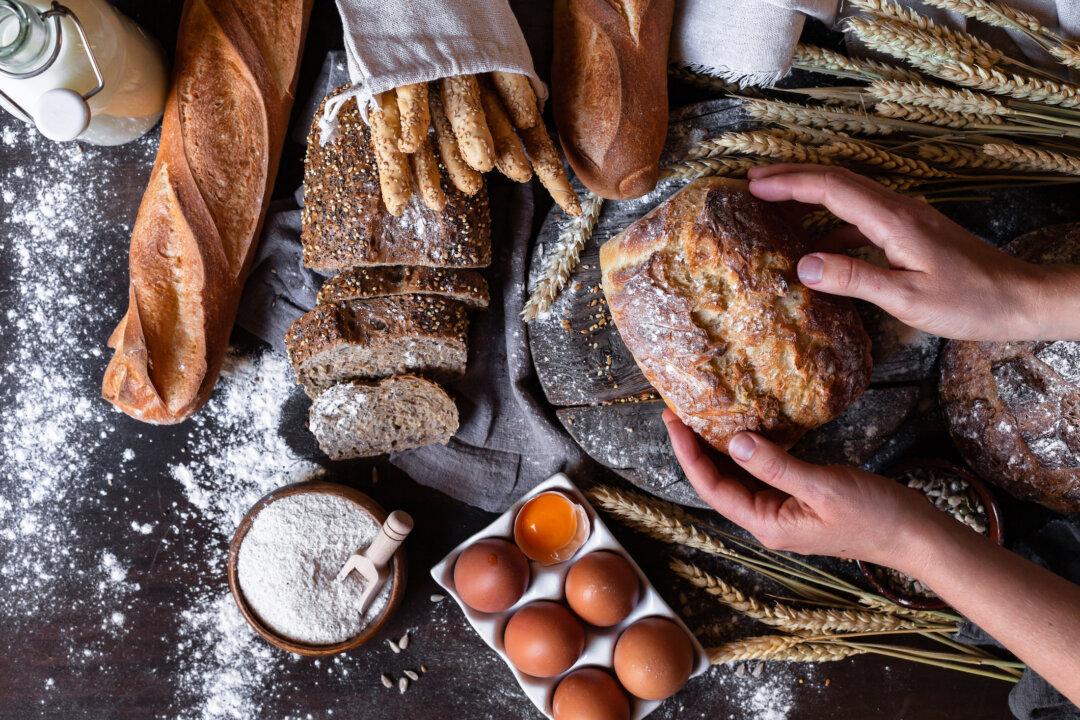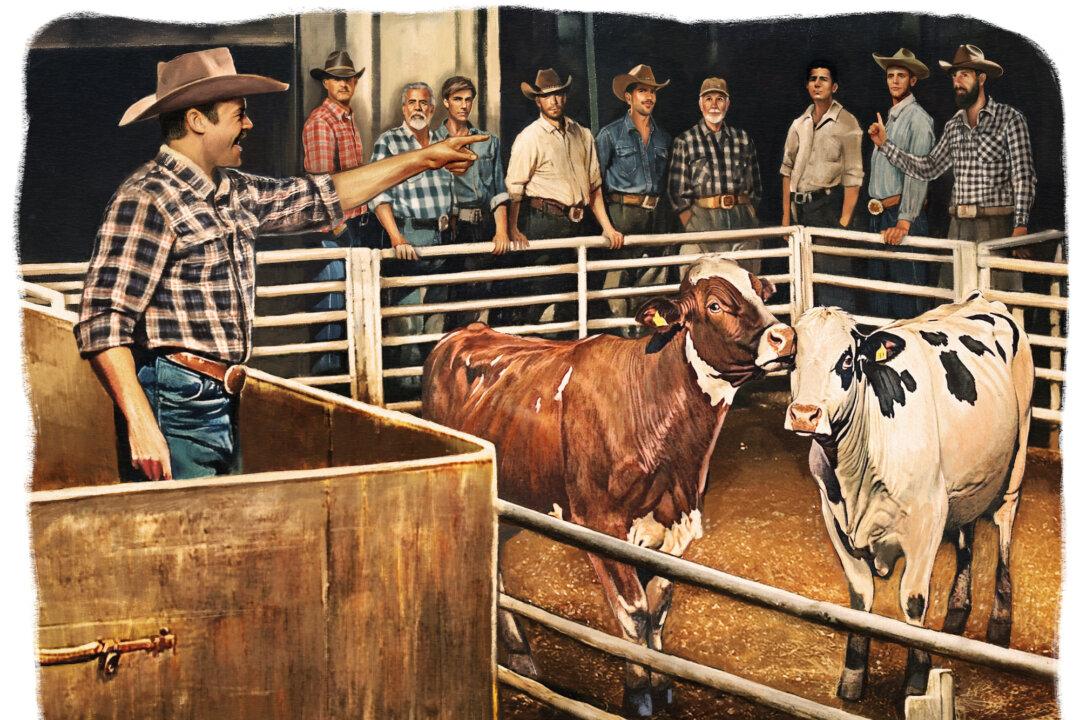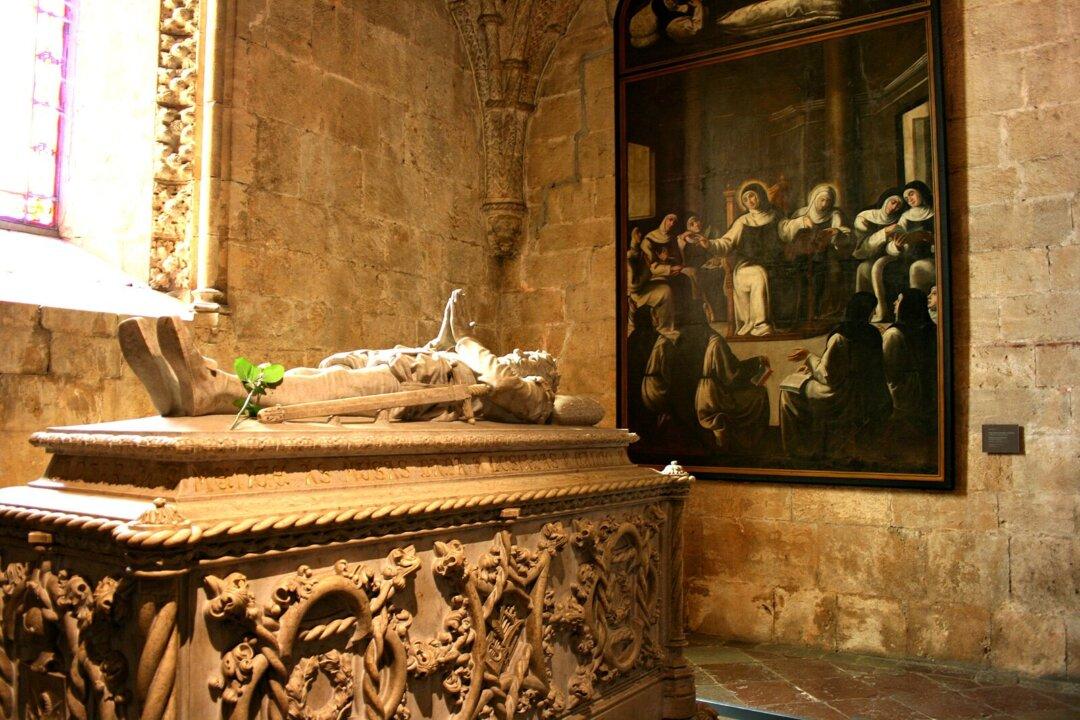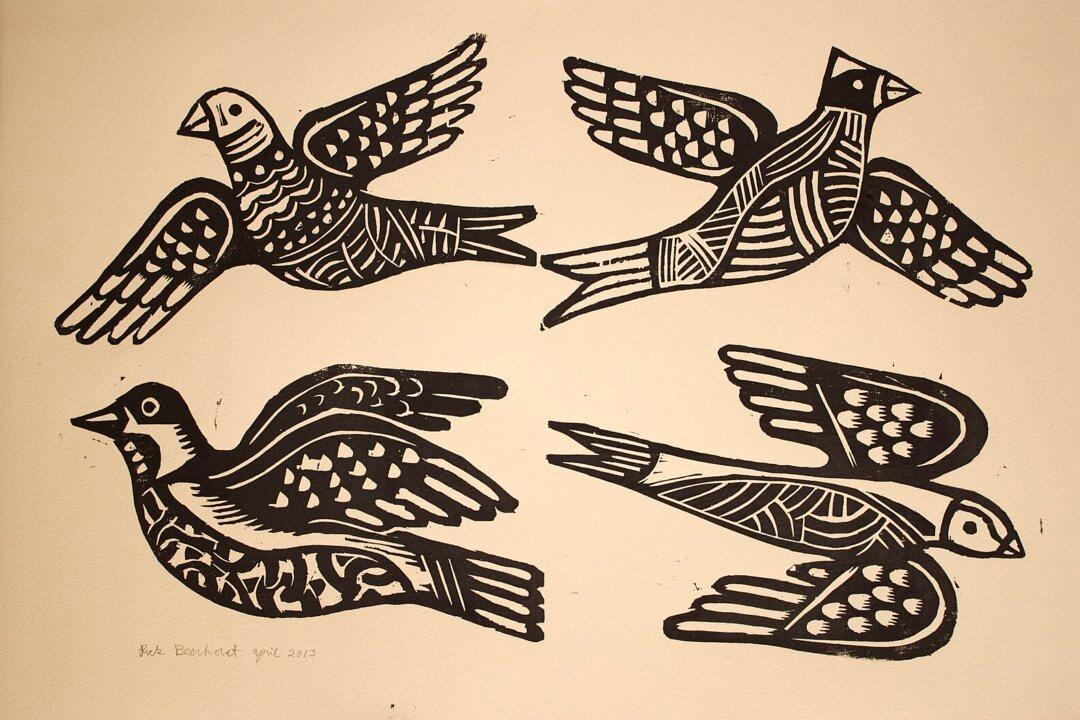The Worker Perfects the Craft
This is easiest to see with animal husbandry, where we take care of another life, keeping it healthy. But it’s also true that a piece of wood has potential for greater beauty and meaning. With his well-trained eye, artist’s intuition, and steady hand, the master carpenter can bring that potential into being.As Cuddeback points out, serving others’ needs is the most important way that we “take care of others.” This is yet another purpose of traditional crafts. The carpenter makes a chair that satisfies someone’s physical need (a place to sit) and their aesthetic need (its design and beauty.) The baker fills the stomachs of the hungry and produces a work of art. The rancher feeds and clothes people. Traditional crafts perfect the materials used to make them, the crafter, and the recipient.
The Craft Perfects the Worker
In the first place, engaging in traditional crafts ties us to our heritage, reconnecting us to our roots. Consider that people have made pottery since before the Great Pyramid of Giza was erected. The basic nature of many traditional crafts hasn’t changed much over centuries—even millennia—because the basic nature of the material hasn’t changed.To carve wood or weave a basket with essentially the same tools our ancestors used connects usto their experience and the unchanging facet of human life. Traditional crafts reveal a truth about ourselves: As part of their nature, human beings are makers, crafters, inventors, and artists. We shape the world around us. Furthermore, crafts we enjoy as a hobby today were once essential to our ancestors’ survival. In performing them, we’re reminded of how hard they worked and the persistent precariousness of their existence—and, by extension, our own, though well-stocked grocery stores and electric lights may place that fact at a comfortable distance from our thoughts.
Working with our hands refines the body and mind. Crafting grounds us firmly in reality, reminds us of our limits, and teaches us the nature of the world around us.
Due to his work, a master craftsman has a certain wisdom, a certain deep intuitive knowledge of how the world works that extends beyond his individual manual expertise. It might even form, in a healthy manner, the way he considers abstract or philosophical truths.
A good craft improves dexterity, hand-eye coordination, and the like. A friend informs me that the historical notion of a tool was that it became an extension of your body, not a replacement for it.
The Downside to Efficiency
Part of the satisfaction that accompanies crafting concerns the time and persistence involved. Crafts teach us patience and humility. Materials resist our efforts. Things break. We make mistakes. We begin again. In truth, we can only shape our world little by little, with consistent, persevering effort, by the sweat of our brow.Finally, working on a craft can be an artistic expression as you give form to an idea, creating something with personalized meaning and beauty. It’s not merely useful. It’s a distinctly human and humanizing act. A pig can get by with any kind of shelter. A human being requires something fitting for his nature. Because he can recognize truth, beauty, and goodness, he needs an aesthetic home.
Mass-produced objects lack the personal touch, the infusion of meaning and individuality that a hand-crafted item possesses. Sometimes the very imperfections of something handmade give it character a factory-made product can never possess. The mass-produced canoe is the same everywhere, regardless of time or place, whereas one hewn by hand can’t be duplicated, which better reflects the distinctive nature of each human person and each culture around the world, none of which are replicable.
Of course, promoting traditional hobbies isn’t about turning back the clock or pretending we live in a different time period. There are faster ways to accomplish things traditional crafts aimed at, and we often need those faster methods. Still, traditional crafts have much to offer us and they haven’t been completely superseded by more efficient methods. One reason is that craftsmanship isn’t about efficiency. Countless generations put their human reason and physical powers at the service of making beautiful and long lasting products, and they understood that the benefits of craftsmanship weren’t merely utilitarian.
It’s an exciting prospect to discover what traditional crafts and heritage skills will look like in today’s world, and what role they’ll play. How can they be adapted to enhance life in the 21st century? Crafts can and must develop over time, although I suspect the best ones always remain true to their roots. Learning about them helps us do the same.








